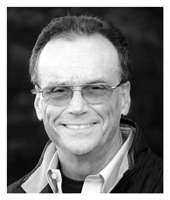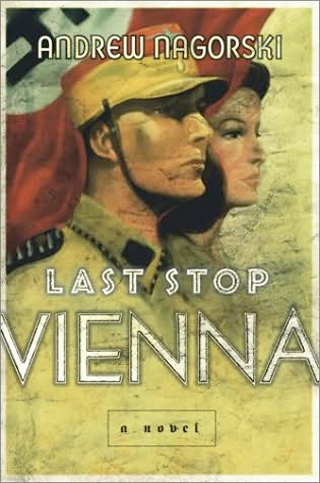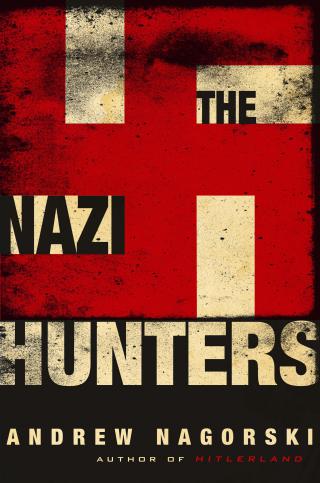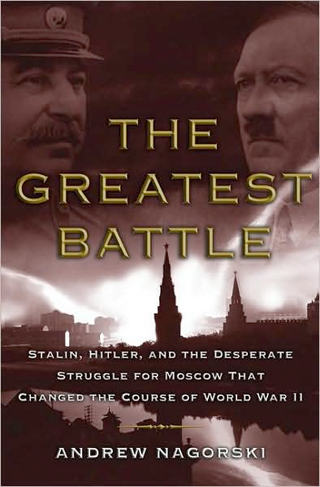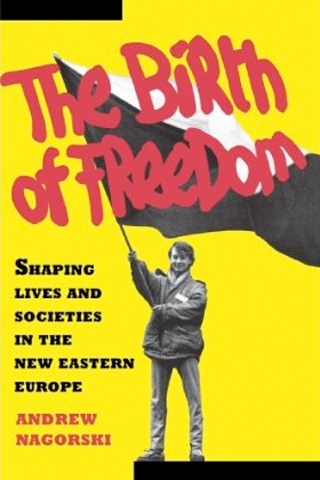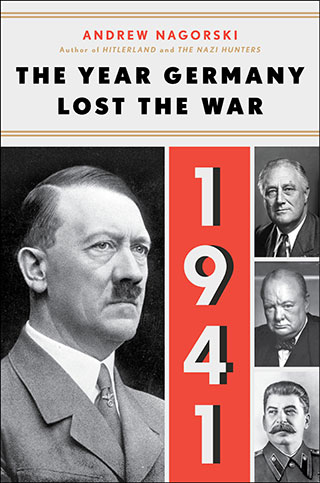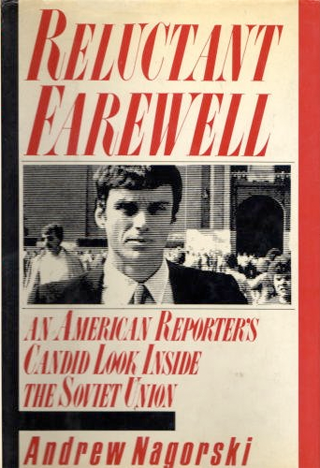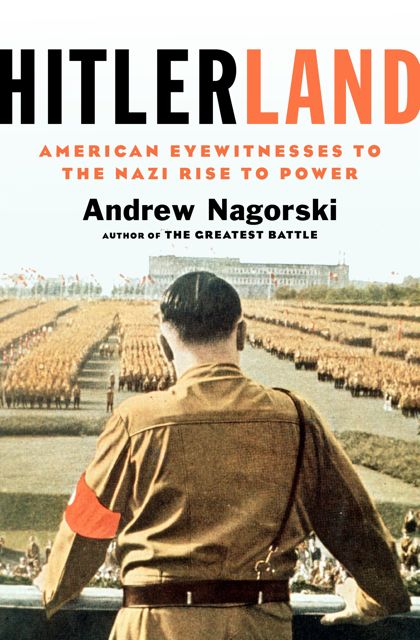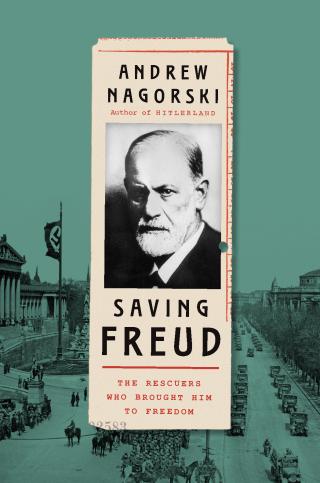
KAITY KLONOWSKI | Special to Jewish News
The 1920s and 1930s were key to Adolf Hitler’s rise to power and “if people had been paying attention during those two decades, this whole thing – the entire Holocaust – could have been prevented,” author Andrew Nagorski told an audience at the Valley of the Sun Jewish Community Center on Dec. 2.
He was speaking during a program called “Witnesses to History: Americans Abroad in Hitler’s Europe,” presented by the United States Holocaust Memorial Museum.
USHMM archivist Rebecca Erbelding moderated the discussion, which featured Nagorski, a veteran journalist and author of the book “Hitlerland: American Eyewitnesses to the Nazi Rise to Power.”
“This program is a fascinating look at the mindset of Americans in Europe following the end of World War I and throughout the Roaring Twenties,” said Steven Klappholz, the USHMM’s western regional director.
Many American foreign correspondents were in Berlin during Hitler’s rise, but few recognized the gravity of the situation, Nagorski said: “History isn’t as obvious as you think it would be when you’re in the midst of it.”
Nagorski’s account offered a new perspective on what was known, and gave answers about why so many influential Americans ignored the warning signs.
The presentation included media archival footage, such as videos and audio recordings of American journalists urging people to take Hitler seriously. There were also photos and newspaper clippings from the time period discussing Hitler's military show of muscle and the possible threat he held to the world.
Some American correspondents who were in Berlin during Hitler’s rise, such as Dorothy Thompson, completely dismissed Hitler’s rhetoric as the ramblings of a hysteric when they met him. “When finally I walked into Adolf Hitler’s salon in the Kaiserhof Hotel, I was convinced that I was meeting the future dictator of Germany. In something less than 50 seconds, I was quite sure I was not,” Thompson said.
Although Thompson may have dismissed Hitler, other American correspondents took him very seriously, Nagorski said. Edgar Mower, of the Chicago Daily News, immediately recognized the danger that Hitler’s Nazi regime posed to the world, Nagorski said. Unfortunately, these individuals took very little action.
“Surprisingly, there was no smooth trajectory of understanding. People generally went through several stages – of awe, of terror, back to awe, and so forth – before really understanding what was going on around them.” Nagorski said.
He also discussed the charismatic nature of Hitler’s leadership. “He was excellent at swaying a crowd. His understanding of crowd psychology was very advanced at the time.”
Nagorski emphasized the importance of decisions, and why “what you do matters” to the crowd.
The discussion was presented by the USHMM in association with the Center for Jewish Studies at Arizona State University. The discussion was a part of the USHMM’s national campaign “Never Again: What You Do Matters,” which seeks to make critical investments to keep Holocaust memory alive as a relevant, transformative force in the 21st century.
Kaity Klonowski is a sophomore at the Walter Cronkite School of Journalism at Arizona State University.
